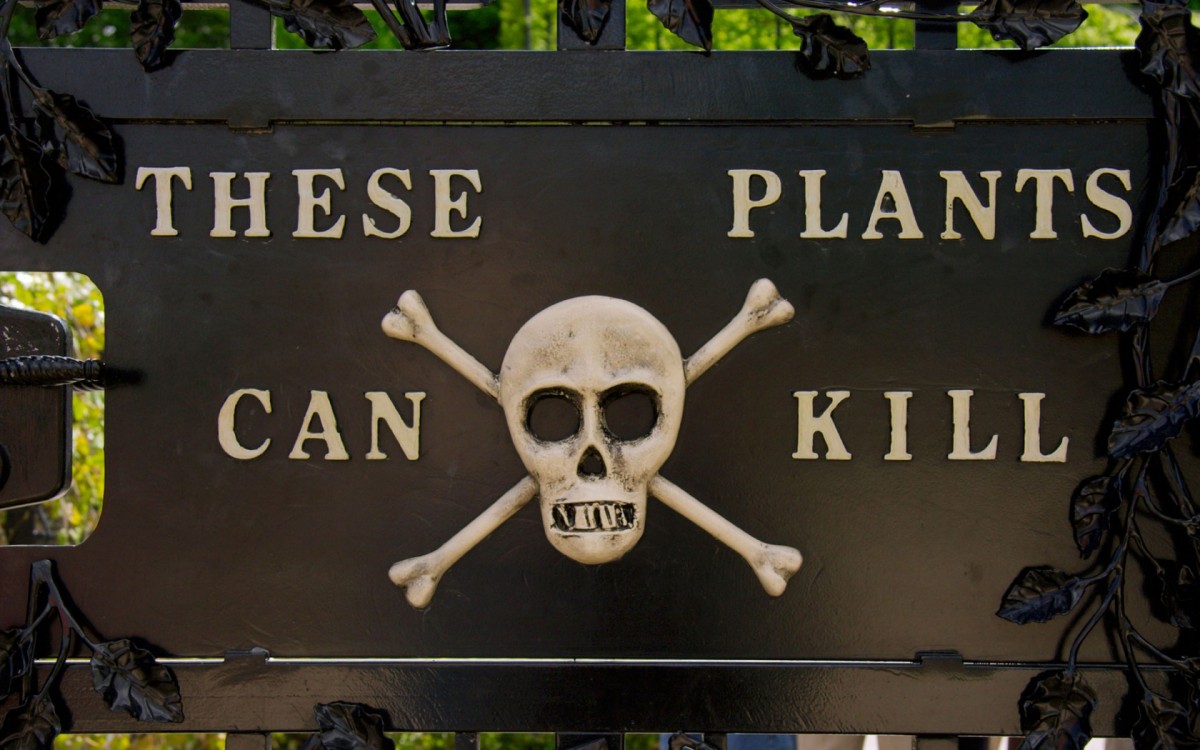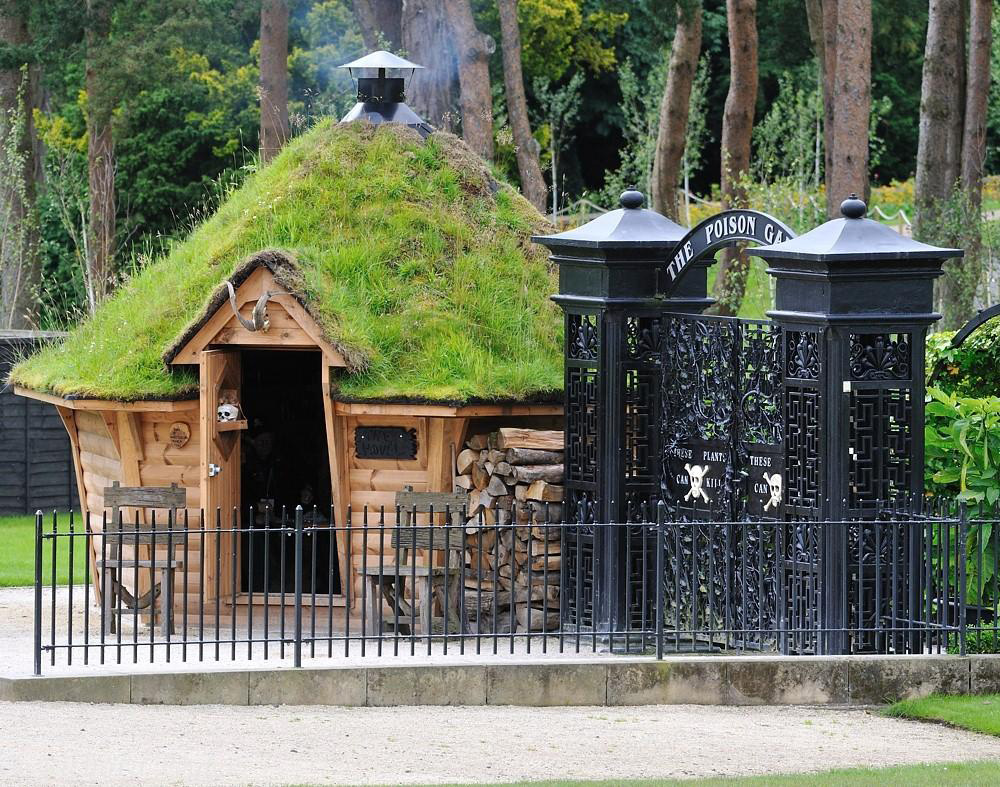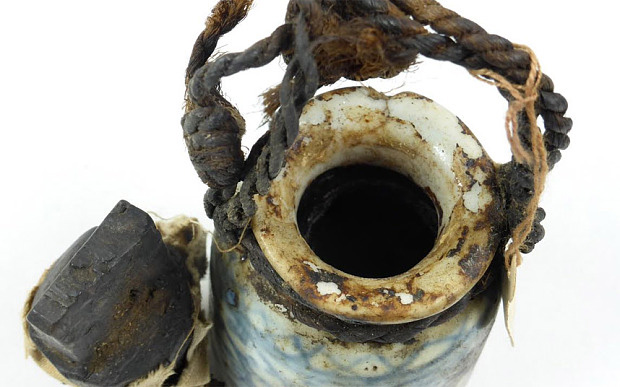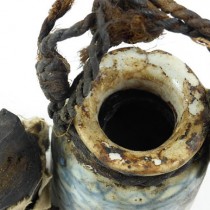Valentina Borgia, a specialist in Palaeolithic hunting weapons at the McDonald Institute for Archaeological Research, is using a new technique as part of her research to prove there is residue from poisonous plants on prehistoric weaponry.
The difficulty in the past has been to find a way of analysing ancient samples without destroying them. Her collaboration with forensic chemist Michelle Carlin, of Northumbria University, solved this problem by touching a sample with cotton soaked in pure water so that there was no damage.
Borgia and Carlin were able to test ethnographic materials from museums at Cambridge, Oxford and Rome, and are now testing 6000-year-old Egyptian arrows from the Phoebe A. Hearst Museum of Anthropology in California.
Borgia and Carlin’s first tests on the arrows suggest the use of acokanthera, a North African plant. They cannot yet say for certain as the poison is part of a compound, but they are confident that they will find proof in future analyses, “I think we have the potential to go back even further in time, now we have the instruments.”
If they can prove the use of poisonous plants in prehistoric societies they can have a much better understanding of ancient hunting practices. The use of poison would show that these societies had a great awareness of key features of their environment.
Borgia said, “We know more about prehistoric meat based diets than their plant based diet. Understanding their poisons will help us understand their awareness of plants in the past and, most importantly, medicine. Poison is the ancient basis of medicine. For examplecurare was used as a poison by South American tribes, but also used as a cure for heart problems. It’s all in the dose.”








